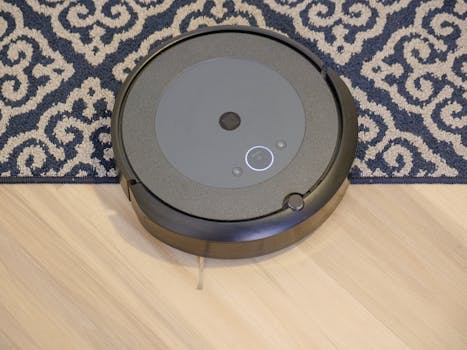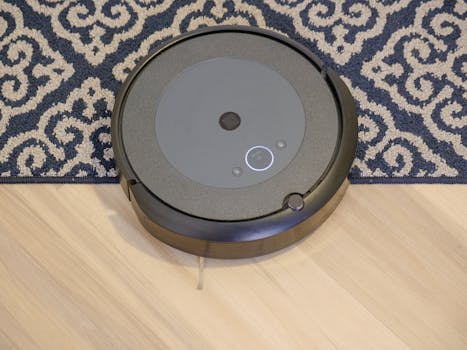
Smart Homes and Smart Living: The Technological Transformation of European Homes by 2025
Smart Homes and Smart Living is the future of European homes, with the integration of cutting-edge technology transforming homes into intelligent, automated, and sustainable spaces. By 2025, European homes are expected to undergo a significant technological transformation, with smart homes becoming the norm. This transformation will not only enhance the quality of life for European citizens but also contribute to a more sustainable and energy-efficient future.
Introduction to Smart Homes and Smart Living
Smart homes and smart living refer to the integration of advanced technologies, such as the Internet of Things (IoT), artificial intelligence (AI), and data analytics, to create intelligent and automated living spaces. These technologies enable homeowners to control and monitor various aspects of their homes, including lighting, temperature, security, and entertainment systems, remotely and effortlessly.
The Benefits of Smart Homes and Smart Living
The benefits of smart homes and smart living are numerous. Some of the most significant advantages include:
- Enhanced convenience and comfort: Smart homes and smart living enable homeowners to control their living spaces with ease, using voice commands, mobile apps, or remote controls.
- Increased energy efficiency: Smart homes and smart living technologies help reduce energy consumption by optimizing lighting, heating, and cooling systems.
- Improved safety and security: Smart homes and smart living technologies include advanced security features, such as motion detectors, surveillance cameras, and alarm systems, to ensure the safety and security of homeowners and their properties.
- Personalized experiences: Smart homes and smart living technologies enable homeowners to create personalized experiences, such as customized lighting and temperature settings, to suit their preferences and lifestyles.
The Technological Transformation of European Homes by 2025
By 2025, European homes are expected to undergo a significant technological transformation, with smart homes becoming the norm. This transformation will be driven by the increasing adoption of IoT devices, AI-powered home assistants, and data analytics platforms. Some of the key trends that will shape the technological transformation of European homes include:
- Increased adoption of voice-controlled home assistants: Voice-controlled home assistants, such as Amazon Alexa and Google Home, will become increasingly popular, enabling homeowners to control their living spaces with ease.
- Growing demand for smart home devices: The demand for smart home devices, such as smart thermostats, smart lighting systems, and smart security cameras, will continue to grow, driven by the increasing awareness of the benefits of smart homes and smart living.
- Advances in AI and machine learning: AI and machine learning technologies will play a crucial role in the development of smart homes and smart living, enabling the creation of personalized experiences and predictive maintenance.
Conclusion
In conclusion, the concept of smart homes and smart living is revolutionizing the way Europeans live, with cutting-edge technology transforming homes into intelligent, automated, and sustainable spaces. By 2025, European homes are expected to undergo a significant technological transformation, driven by the increasing adoption of IoT devices, AI-powered home assistants, and data analytics platforms. As the demand for smart homes and smart living continues to grow, it is essential for homeowners, policymakers, and industry stakeholders to work together to create a smart, sustainable, and connected future for European citizens.



